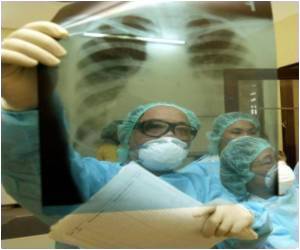The Cancer Risk Management simulation model serves as an important tool to predict the cancer rates.

The impact of decreasing smoking rates is provided as an example. For this simulation, smoking rates were decreased over a 5-year time frame from a 22% national average in 2010 to 11%. Over 20 years, this would save 587,000 person-years of life, or an average of 0.09 years per smoker. By 2030, the lung cancer incidence rate would drop from 87 to 72 per 100,000 people, resulting in cumulative savings in direct lung cancer treatment costs of $656 million and a decrease in tax revenue from cigarettes of $81.1 billion. Compared with the 5-year smoking cessation timeframe, achieving a 50% reduction in smoking rates in 3 or 10 years would add 59,800 life-years or reduce them by 117,900, respectively.
Lung, colorectal and cervical cancer modules have been built that incorporate Canadian demographic characteristics (births, mortality, immigration, emigration), educational status, risk factors (e.g. smoking, radon exposure for lung cancer) and economic factors (earnings, taxes, government transfers). CRM uses the latest data on the incidence, disease management and cancer case fatality in Canada, the impact of cancer treatments on population health and the cost to the health care system. Data sources include large national surveys, cancer registries and census data, as well as medical literature and expert opinion.
Source-Eurekalert














